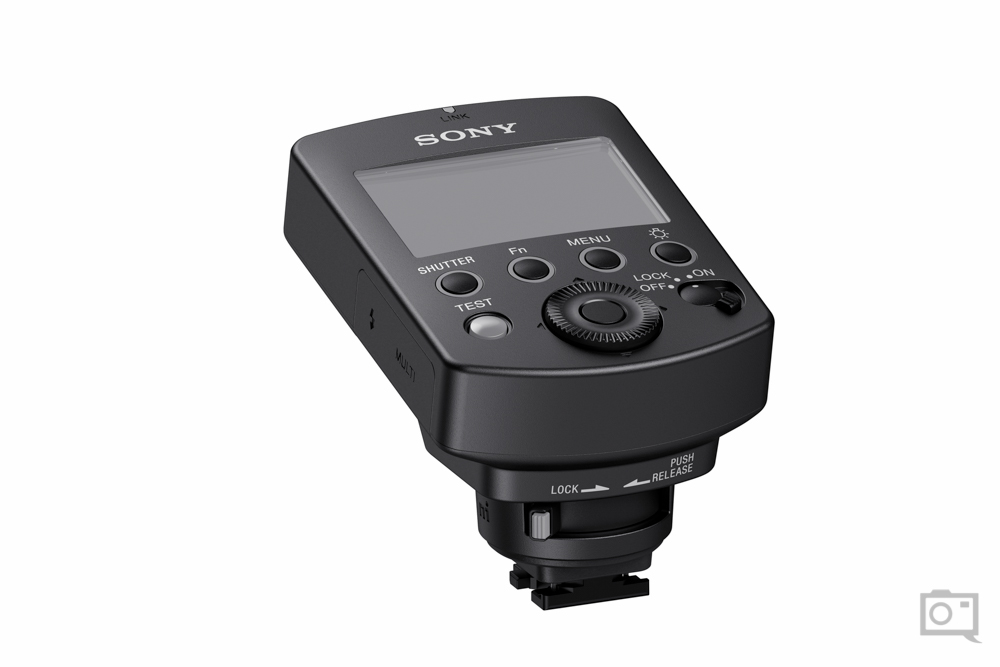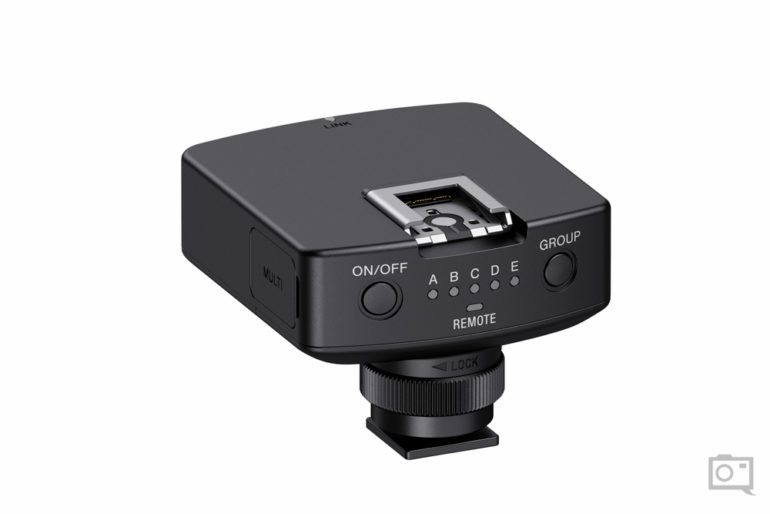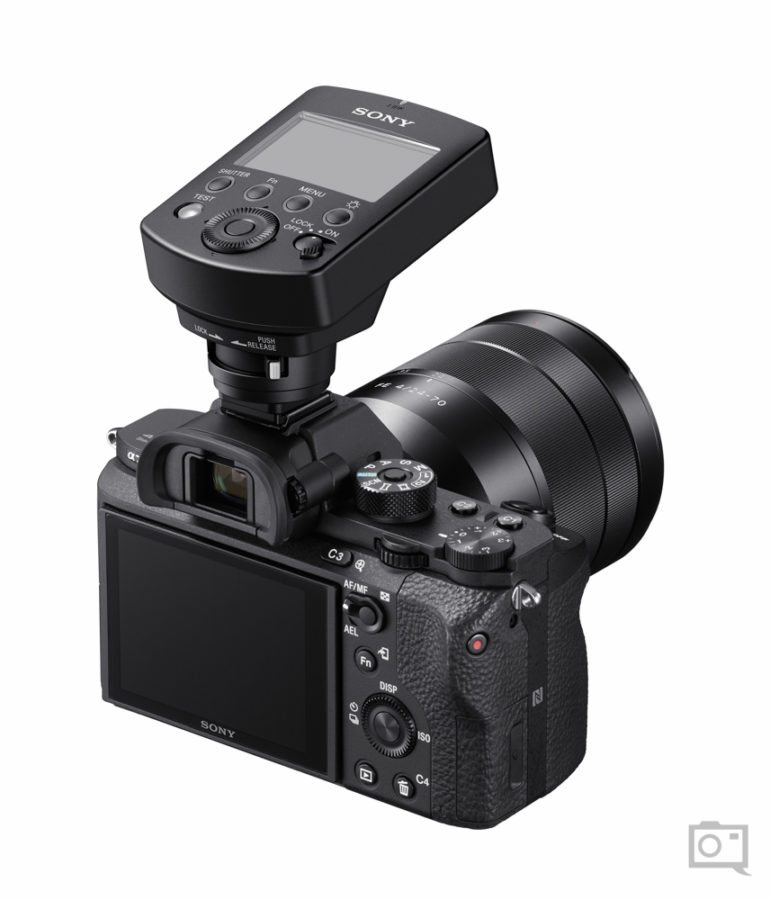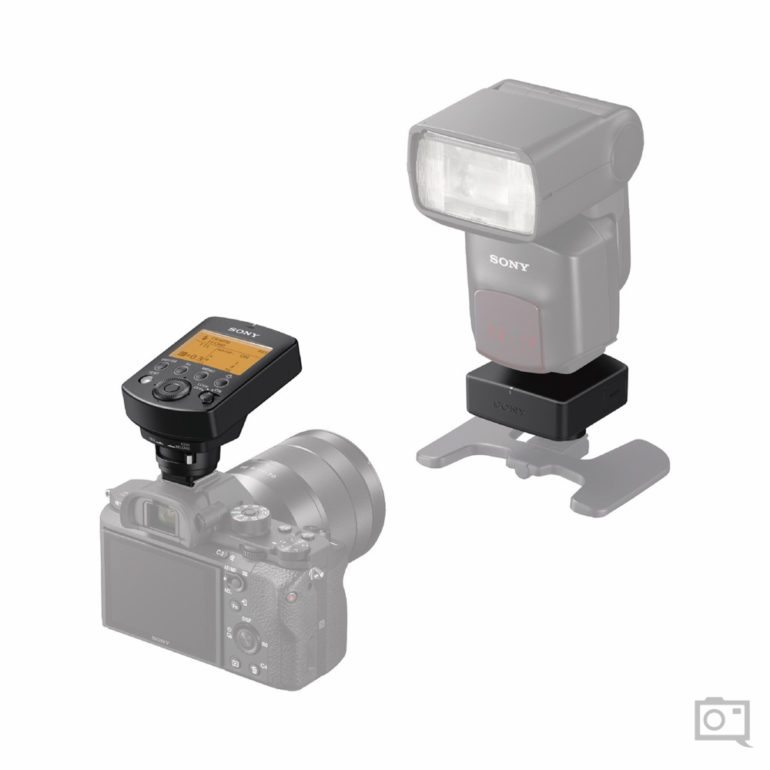Last Updated on 07/11/2016 by Chris Gampat
During a recent Sony Press trip, I had the opportunity to test out the new Sony WRM1M and WRR1 Radio flash transmitter and receiver. The units were pre-production models and demonstrate that Sony is serious about the whole wireless flash game. Interestingly enough, Canon is the only other company to have developed their own radio flash system and many otherwise reach for those from third party companies.
The FA-WRC1M wireless radio commander as well as the FA-WRR1 wireless radio receiver are designed to work with Sony’s new multi-interface shoe (pretty much every camera since around 2011) and uses a 2.5GHz radio to communicate with one another. Together, they can control 15 flashes in five groups of flashes at a maximum range of 30 meters (or 98 feet). They can also do HSS, manual flash control, TTL, and is otherwise capable of syncing to 1/250th.
During my short time with them, I was both pleased and disappointed.
In Use
The transmitter has a very straightforward interface and getting from section to section is very simple. In fact, I want to call it the easiest out there. I took a bit of time to learn it because I’m so used to the similar offerings of many other camera and radio manufacturers. But what Sony has done with the menu system is made it incredibly simple.
Unfortunately, I didn’t really have enough time to shoot my own product images, but those will be coming.
This is what the receiver looks like. Honestly, I’ve never touched one but they were triggering the HVL-F60M flashes we were using.They look simple enough.
When mounted onto the camera, the transmitter won’t fire and communicate unless the camera’s flash setting is locked into Wireless flash mode. This is where a big problem for me occurs.
See this image above? Yes, it’s a screw up on my part. I could’ve shot at a fast shutter speed but what I really wanted to do was to fire second curtain flash to freeze the dancer and get the silks flying around in the scene. It would’ve been beautiful. However, it’s not possible with the current iteration of the transmitters.
They can do things like HSS and manual control; but when it comes to second curtain flash and even something like multi-flash stroboscopic modes they’ll run into problems. Phottix can do this to a point. With Canon, you’re best off going right to the flash and setting it up–and the same is pretty much true here with Sony.
If no one else can do it then I guess I can’t fault them, but second curtain flash is surely an issue. I’m able to do it with manual flash triggers connected and even the Godox system, but I can’t do it with Sony’s own system.
Despite this problem, it can still result in some cool photos.
There are small, affordable flashes out there with a very fast flash duration and that are great at stopping fast moving subjects but these really aren’t. You’re best off using HSS.
The very cool thing about the receivers though is that they can be used to control other flashes as a simple receiver. They won’t transmit TTL info or anything else, but you can use them to control something like Profoto lights when connected.
This little feature tends to add more versatility to the flashes in case you want to use a mix of strobes and flashes.
Stay tuned, because we’re supposed to be getting units in and I’m very eager to run them through their paces.









